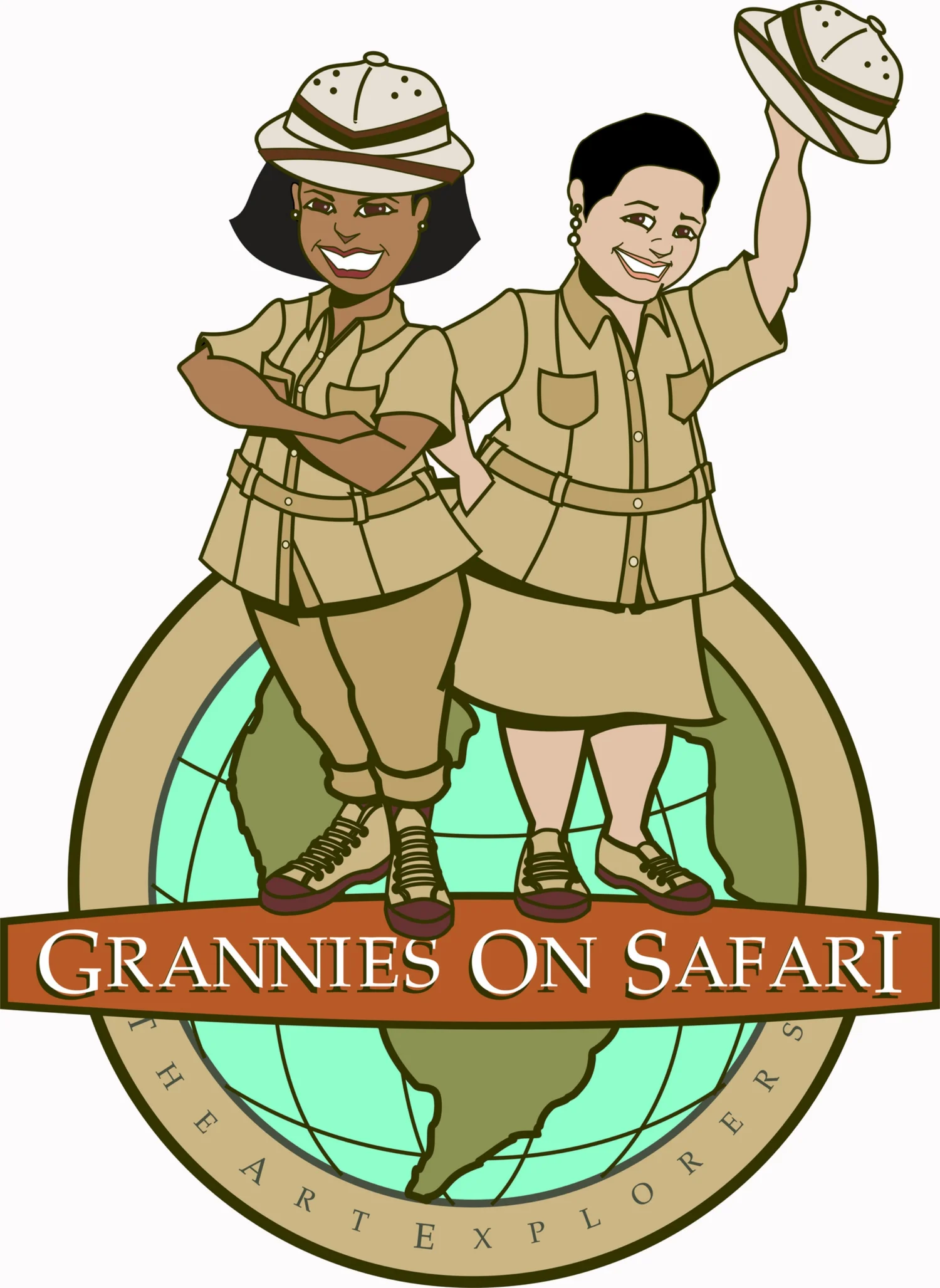I recently enjoyed a scintillating evening of international cultural exchange featuring a concert of orchestral musical magic at Chicago's famous Auditorium Theater. The program entitled Scenes from Life: CUBA! starred Orbert Davis and his esteemed Chicago Jazz Philharmonic (CJP) with special guest artists and students from The Universidad de las Artes (ISA) in Havana Cuba - Cuba's most prestigious arts academy. I savored every minute of this enthralling two-hour musical experience and feel the need to share a truly memorable night and how it came to be.
The concert was the spectacular finale of a collaboration of two musical entities from two countries that was seeded several years ago, encouraged in part by the recent opening up of a US and Cuba political relationship by President Obama and President Castro of Cuba - and supported by funding from a plethora of corporate, foundation, and individual supporters. It happened that Scott Pulley and a 60 Minutes crew were in Cuba on December 17 during their visit and included an interview with Orbert Davis and Mark Ingram that was later included in a segment of the Sunday evening program.
The challenges of visas, transportation, and other logistics were successfully met by the CJP staff, the U.S. Embassy, and a corps of volunteers who worked tirelessly to make the event and weeklong Chicago residency by the Cuban students happen.
International cultural exchange has always been applauded as an avenue for exploration of other cultures, providing individuals, schools and organizations opportunities to broaden their skills and share their knowledge with people from other countries. Music presents probably the most auspicious discipline for exchange because it is the universal language of mankind. And so I report that Orbert Davis, one of Chicago's most applauded musicians, educators, conductors, and composers, was the leader in organizing a musical exchange project with a focus on Jazz and a first for Chicago and Cuba.
Orbert Davis has summarized his inspiration as follows:
"My personal mission as composer was to be inspired by Cubans. I wanted the music I would write to be the soundtrack for the people I would meet, and the musical expressions we would share together. I also wanted to discover my African roots through Cuba."
The Start
In October 2012 the CJP team visited Cuba to do research for collaboration with Chicago's River Dance Company. The resulting composition Havana Blue by Orbert Davis was performed on stage at the Auditorium Theater with the dance company in May 2013.
During this visit to Cuba, Orbert (under what was officially designated as a People to People tour) visited ISA, and what happened on a very special outing there was as serendipitous as any artistic encounter could possibly be. In Orbert's own words: on the University grounds one day during a campus tour:
"There were only general music classes, private lessons, and individuals who were practicing- one of whom was a young trumpeter named Silvano. So I introduced myself as a jazz trumpet player from Chicago, and it just so happened that he was in the middle of practicing Clifford Brown and Miles Davis ideas. Of course I had to play with him.
As Silvano and I shared ideas, it turned into a lesson, and that lesson turned into a jam session as other students raced into the room - piano players, saxophone players, drummers, bass players, guitar players, and even vocalists. The jam session turned into a class and that experience left such an impression, we knew we would return."
And so they did.
Call it exchange or collaboration, a relationship between Chicago and Cuba blossomed when in December 2014 five members of CJP traveled to Cuba to perform with 60 students from ISA at the Havana Jazz Festival.
Next stop residency and Auditorium Theater Concert
The synergy from the Havana Jazz performance continued to grow with a plan that resulted in an opportunity for 37 students and two professors from ISA to travel to Chicago for a weeklong residency. Our visitors participated in classes and discourse with students and faculty at the University of Chicago, Chicago State University and Northwestern University, plus rehearsals for the big concert. And I should add that students enjoyed some sightseeing and local Chicago hospitality. They were well prepped for the concert at Auditorium Theater where an enthusiastic audience of nearly 1500 people cheered a program that opened with beautiful orchestral arrangements of the national anthems of both countries.
The concert program, including CJP and the IAS students offered several movements of Havana Blue, Orbert Davis’ soulful celebration of his first visit to Cuba- and an audience favorite. Selections also included 'Diaspora' and his moving ode to the Windy City anniversary 'Chicago at 173'.
The IAS musicians, led by conductor Ernesto Limas Parets, were in charge for the second half of the program. Their exuberant repertoire of classical and traditional Cuban favorites, interspersed with brilliant percussion riffs and vocals, ending with the iconic composition by Orbert Davis’ 'Orlando's Walk' that brought the audience to their feet.
The program ended with a standing ovation for these talented young musicians who put their hearts and prodigious talents into a presentation that was truly spectacular.
Pat Johnson
Grannies on Safari

